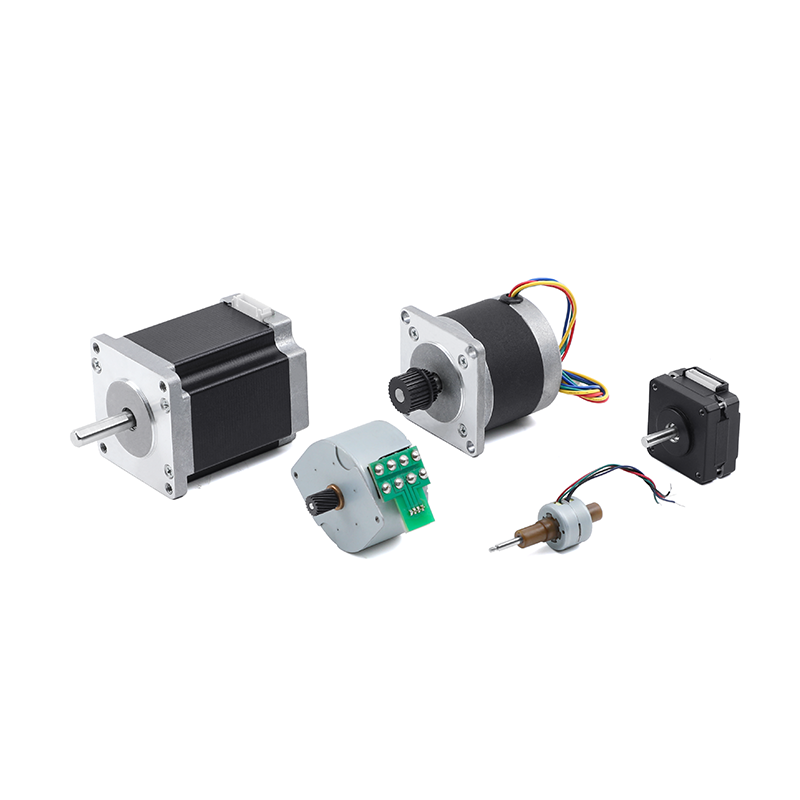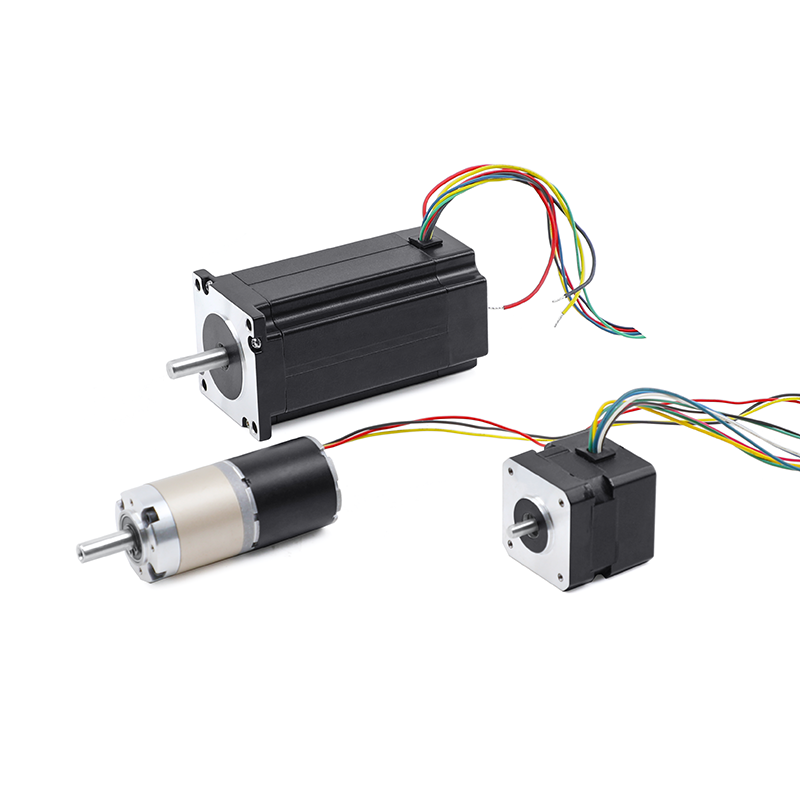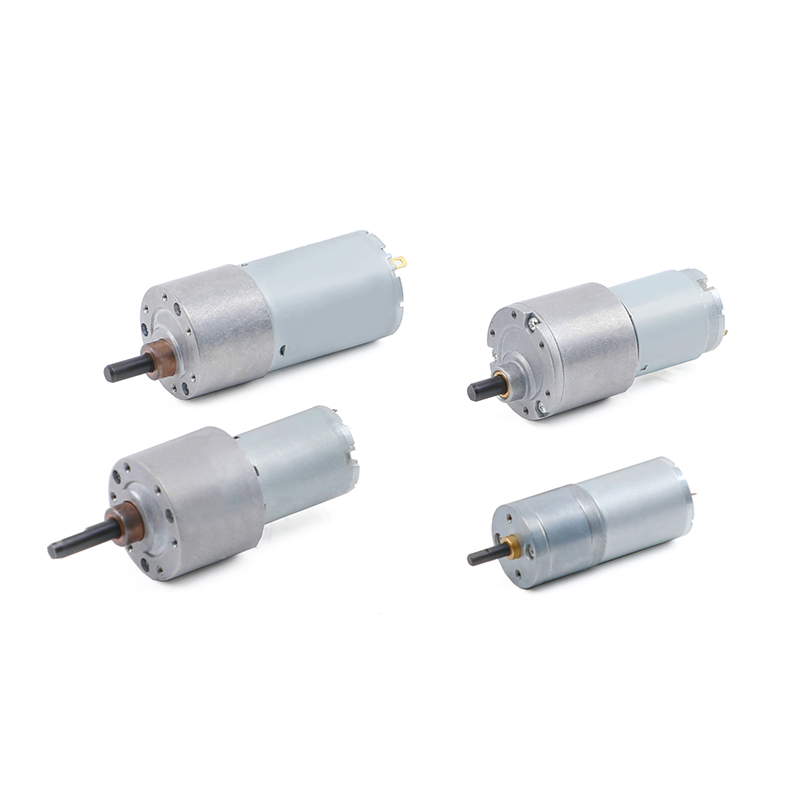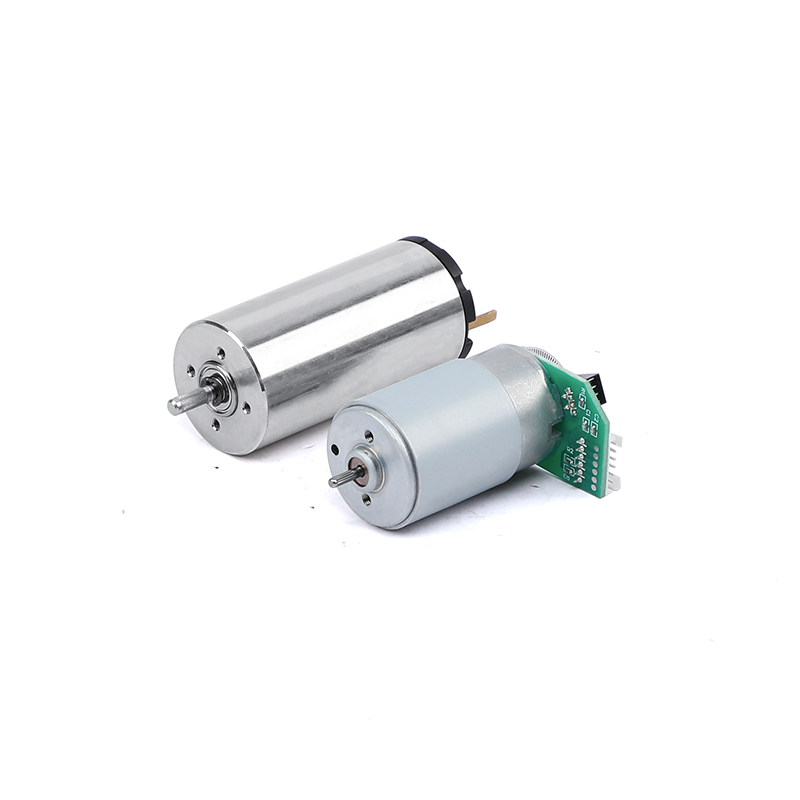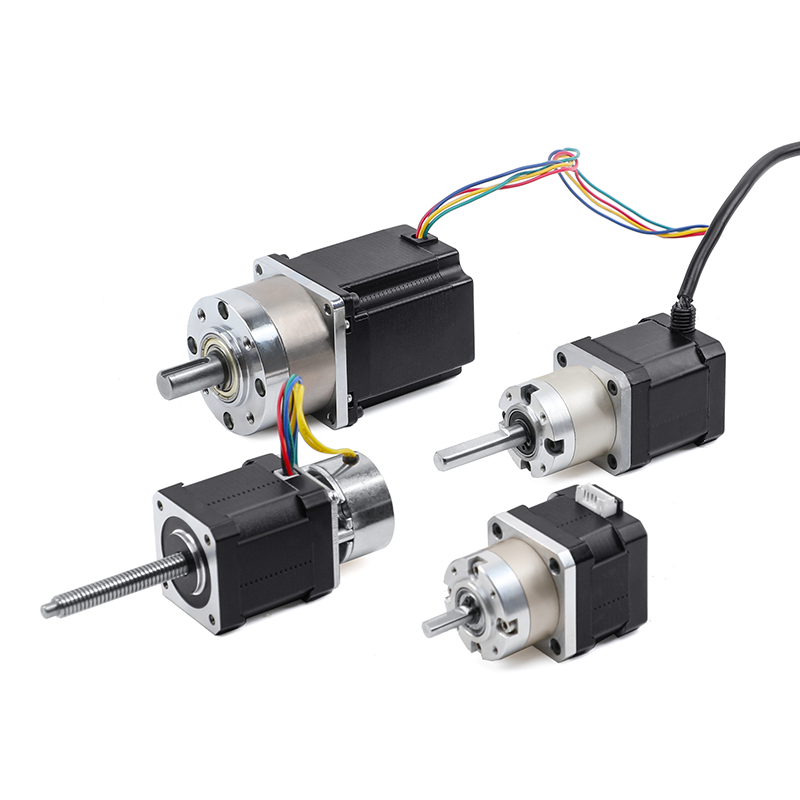Stepper Motors
A stepper motor is a motor that converts electrical pulse signals into corresponding angular or linear displacements. The output angular or linear displacement is proportional to the number of pulses input, and the speed is proportional to the pulse frequency. Therefore, stepper motor is also called pulse motor. Compared with servo motor, stepper motor can realize the position working mode control motor under the open-loop condition, and it is one of the most widely used control motors because of its simple control and drive, and low cost.
In nearly 20 years of research and development and production practice, RB Motor has rich knowledge and product management ability in different fields of stepper motor design and control elements, and now RB Motor not only have nearly 100 series, slightly more than 6000 specifications of products, but also can quickly start customization service according to customer application conditions and requirements.
Purchase advice: if the motor working speed is lower than 800RPM and the position accuracy requirement is high, when the output torque is large but the torque pulsation is low, please consider making the combined hybrid stepper motor; if the speed is higher (lower than 3000RPM) and the output torque is not high, please consider using the permanent magnet stepper motor.






